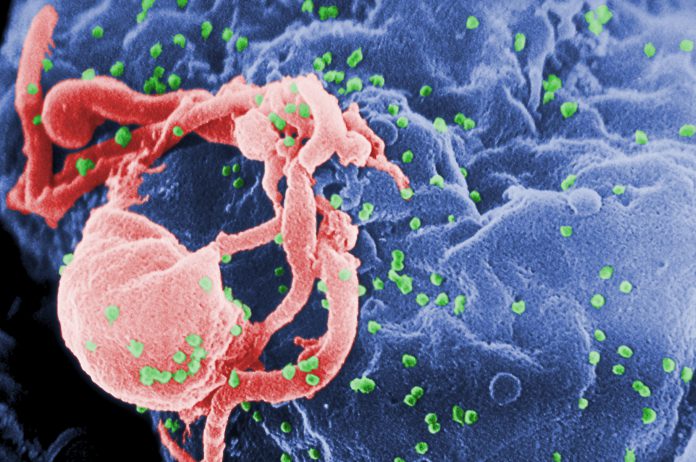According to UNAIDS, approximately 38 million people around the world were living with HIV in 2019.
HIV (Human Immunodeficiency Virus) can weaken an individual’s immune system, making them more prone to opportunistic infections and certain cancers. HIV infection in its advanced stage can also lead to the development of AIDS (acquired immunodeficiency syndrome).
There is currently no cure for HIV, but, the lifelong use of antiretroviral therapy (ART) is recommended to prevent the virus from replicating inside the body.
How does the virus hijack our cells?
Similar to other viruses, HIV cannot replicate without a host cell. When it enters a host cell, its RNA is converted into viral DNA. This inactive form of the viral genome is called a provirus. The viral DNA then incorporates itself into the host cell’s nucleus, hijacks its RNA, and starts replicating.
While ART can stop the virus from replicating, it has no effect on the reservoirs of proviruses found in individuals. Therefore, once treatment stops, these proviruses can reactivate, generating new copies of the virus.
Elite Controllers of HIV – A rare group
Around 0.5% of people with HIV do not require ART to keep the virus from replicating inside the cells. These individuals are termed ‘elite controllers’ because, they can maintain undetectable levels of the virus in their body without the use of ART, despite having reservoirs of proviruses.
The Scientists at the Ragon Institute in Massachusets, therefore, set out to investigate how these individuals suppress the virus, in the hopes of finding a functional cure for HIV. The findings of the study were published in the journal, Nature.
Participants for the study were recruited from Massachusetts General Hospital, the Brigham and Women’s Hospital and, the Zuckerberg San Francisco General Hospital. All participants had HIV-1.
Using DNA sequencing techniques, billions of cells from 64 elite controllers were compared to those of 41 individuals receiving ART.
Gene Deserts Found in Elite Controllers
Compared to people receiving ART, elite controllers had lower levels of proviruses. The inactive viral DNA in elite controllers was found in regions of the chromosomes, called gene deserts. These are inactive parts of the human DNA where the viral genome is unable to replicate thus, remaining in a locked state.
This positioning of viral genomes in elite controllers is highly atypical, as in the vast majority of people living with HIV-1, HIV is located in the active human genes where viruses can be readily produced.
Dr. Xu Yu
The researchers believe that the key to finding a functional cure for the virus lies in understanding the immune system of elite controllers and their ability to eliminate active proviruses.
Interestingly, one of the participants had no intact HIV in over 1.5 billion cells analyzed during the research. This raises the possibility of a ‘sterilizing cure’ for HIV where an individual’s immune system can naturally remove all viral genome from the body.
Reference:
Jiang C, Lian X, Gao C, et al. Distinct viral reservoirs in individuals with spontaneous control of HIV-1 [published online ahead of print, 2020 Aug 26]. Nature. 2020;10.1038/s41586-020-2651-8. doi:10.1038/s41586-020-2651-8
https://www.unaids.org/en/resources/fact-sheet
Sáez-Cirión A, Pancino G. HIV controllers: a genetically determined or inducible phenotype?. Immunol Rev. 2013;254(1):281-294. doi:10.1111/imr.12076




